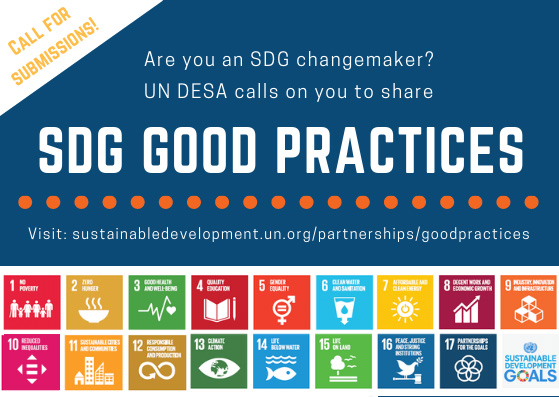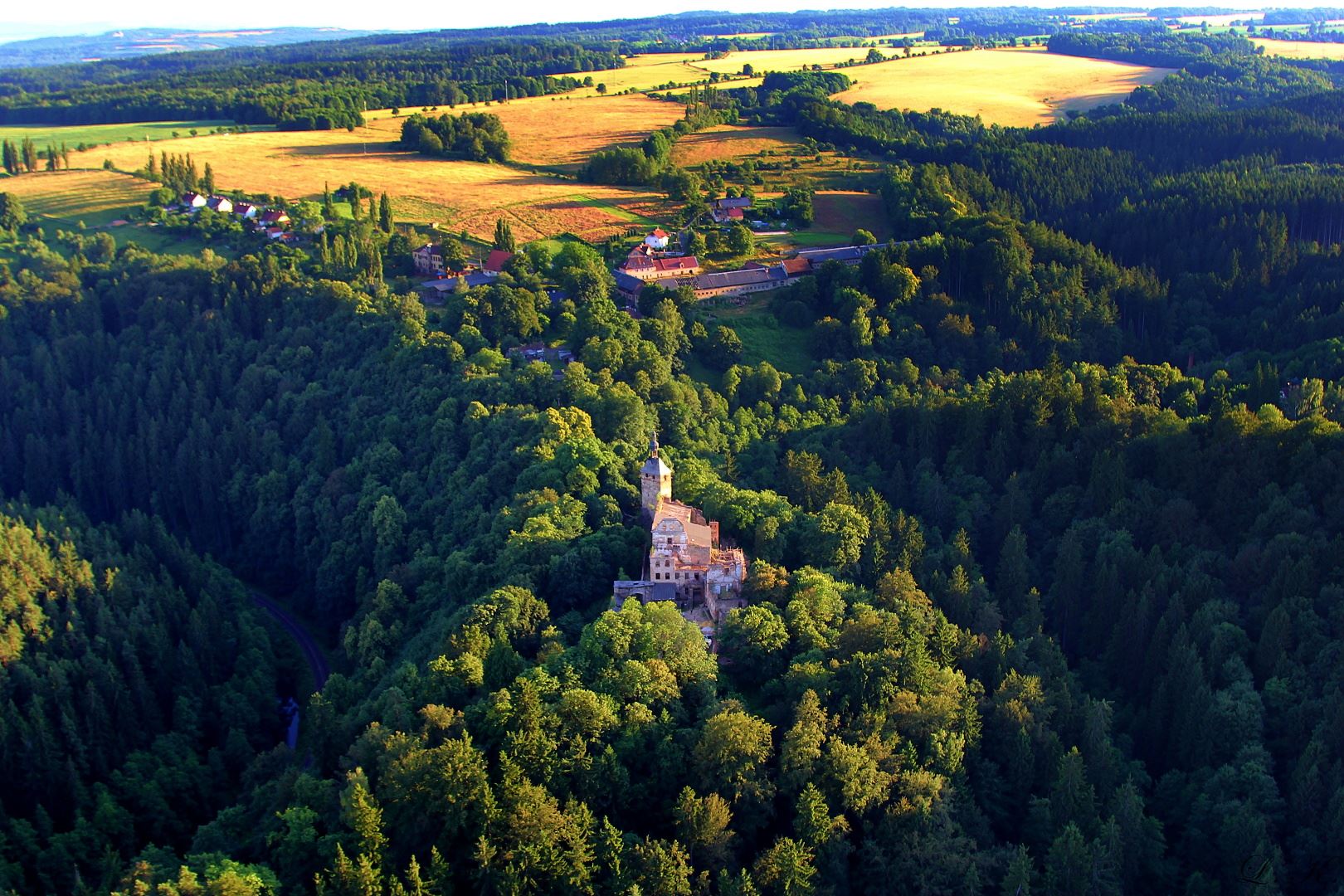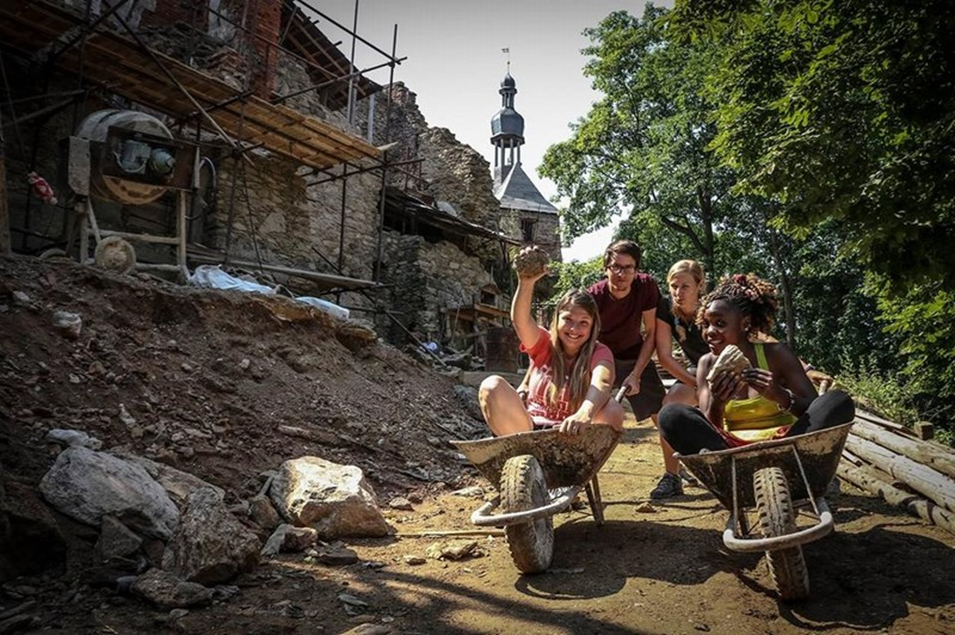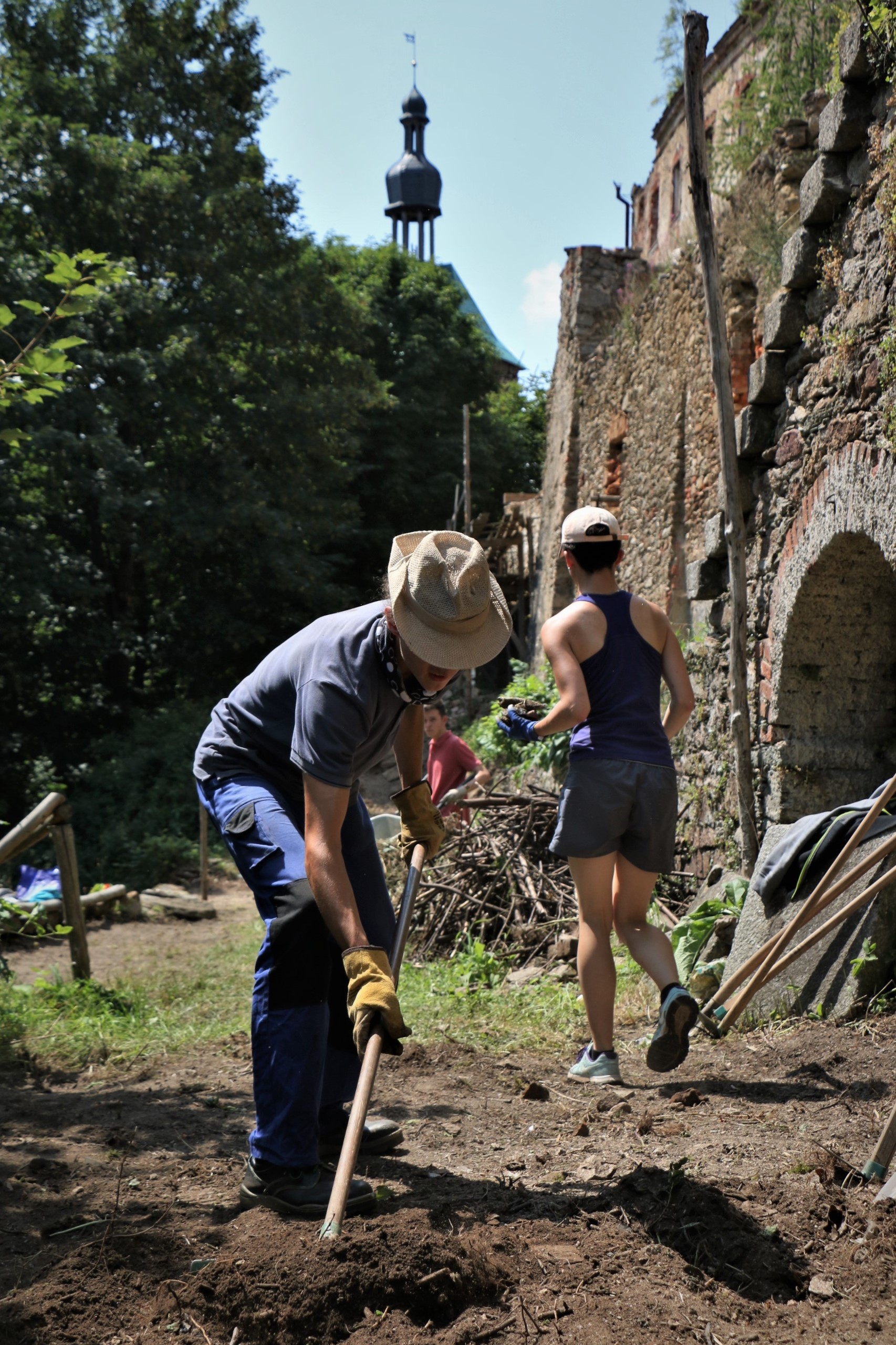Hartenberg - social inclusion in the recovery of cultural and natural heritage
Description
The project aims to restore the compact area around Hartenberg Castle (castle, park, forest, school, historical buildings, plantations, etc.) in a spirit of sustainability. One of the oldest castles in the Czech Republic is based on the Czech-German border (Sudetenlands) and on the border of the brown coal basin. This area has an illustrating history of the development of complex international relations and social or environmental challenges. Since 2000 the project develops the area with the help of international volunteering, social inclusion, preservation of original crafts and construction works, maintenance and use of preserved cultural and natural heritage.
Objectives of the project are:<br />
- renovation of Hartenberg domain <br />
- restoration of other North-West Bohemian monuments <br />
- revitalization of the area affected by brown coal mining<br />
- restoration and maintenance of natural heritage<br />
- social inclusion, educational, environmental and resocialization projects<br />
- respect for the nature and skills of previous generations.<br />
Interlinks with SDGs:<br />
GOAL 8.2 <br />
Restoration of the most valuable monuments in the region requires work with a very high level of human labor (old crafts, static works, assisting the archaeological research, carpentry, destruction of invasive plants, mowing of orchid meadows, building of trails etc.). This type of work has a high value and is built on many centuries of evolution. It also has a lot of potential for further development, including the application of new techniques and perspectives of technology. That brings self-fulfillment and satisfaction to those who participate in it.<br />
GOAL 8.5 <br />
The environmental social enterprise Hartenberg, which was created during the implementation of the project, teaches the above mentioned skills to people who are socially excluded or handicapped. Children, young and older people are involved in various activities. The work in the project is not exclusively manual or technical, it covers a whole range of activities such as organizational, managerial, environmental or social. Manual involvement in the project includes the work of a carpenter, stone cutter or bricklayer. Renewed monuments and areas serve to other follow-up projects and activities.<br />
GOAL 10.2 <br />
Greatest successes of the Hartenberg project were accomplished by cooperation of all involved parties: volunteers from 76 countries, socially disadvanataged or endagered people, school students, local people, unemployed, irrespective of their religion, political orientation or economic situation. This happened in a number of projects and events (For example, restoration of other monuments, theater festivals, Football for Development project, international camps, maintenance of the park, castle terraces, art camps, park paths, destruction of invasive plants, etc.)<br />
GOAL 11.4 <br />
The project includes restoration of the castle, the park, the historic brewery, the granary, the old school, the traditional local houses, the plantations, the forests or other monuments in the region. All with involvement of volunteers, schools, experts or socially disadvantaged. In these terms, the project can be considered as exemplary.<br />
GOAL 15.1 <br />
The historical area of the Hartenberg domain is part of today's village of Josefov, consisting of 4 settlements. The land plan respects the territorial system of ecological stability. The regional biocentre takes a number of measures. For example: natural regeneration of original flora - (exclusively local ecotypes) increase of oak, beech and other deciduous trees (maples, lime, elm, ash, etc.), gradually reduce spruce and larch, exclude chemistry (incl. car oil contamination and soil surface disruption technology), keep the meadows in the floodplain of Svatava river, etc. The biocentre is connected with other local biocentres and local bio-corridors. The maintenance and protection of these elements of territorial ecological stability involves all above mentioned parties.
According to the expert estimate of the Czech Ministry of Culture, due to the decades of the communist regime in the Czech Republic, debt and damage to the cultural heritage was amounted to 300 billion CZK (almost 12 billion EUR). Even worse situation was in environmental conditions. Major deficiencies also remained in education, especially in the field of specialized education and crafts, as well as in social field. Hartenberg Castle with its 800-year long history is surrounded by the area of former Sudetenland and lies on the edge of the brown-coal basin. This area is an exemplary example - an encyclopedia showing consequences and relationships. Project also provides exemplary example of implementation of pilot procedures in complex solutions for the restoration of monuments, cultural and natural heritage care and social inclusion.
Socially disadvantaged and long-term unemployed people involved in the project are selected or recommended by the Labor Offices, Probation and Mediation Service or non-profit organizations focused in the social sphere. They learn skills for restoration and conservation of monuments or protection of natural and cultural heritage, all under the supervision of specialists (National Institute of Heritage, Karlovarské Museum of Carlsbad, geologists, archaeologists, designers, statics, etc.). They develop these skills after they have been assigned to the implementation team within the Building Workshop or the Environmental Social Enterprise. These subjects also focus on renovation of various monuments and sites throughout the Northwest Bohemia region.
An integral part of the project is community co-operation, rich cultural life (St. Nicholas Ride, Hartenberg Horror, Football for Development, Hartenberg Schooling), international voluntary activities and international cooperation (International Voluntary Camps and Internships, Grundtwig, Football for Development, International Theater Festivals, etc.)
The restored monuments, sites and premises serve as a facilities for follow-up sustainable activities and cooperation of cultural, social or environmental character (museum expositions, training bases, spaces for cultural and healing events, etc.).
Castle Areas - Hartenberg, Andelská hora, Hartenstein
Castles, churches and churches - Pomezná fortress, Kopaniny Chateau, Lestkov church
Other monumental objects - granary Hřebeny, school Hřebeny, Jáchymov - reconstruction of the historic core of the house, cemetery wall Jáchymov
ENVIRONMENTAL MAINTANANCE AND PROTECTION:
- mowing of the orchid meadows, destruction of invasive plants - Heracleum mantegazzianum (giant hogweed), Fallopia sachalinensis, educational trail of old mining works, inventory and documentation of the park, Goethe lookout, memorial trees - care and maintenance, territorial system of ecological stability, planting of the alley
SOCIAL INCLUSION:
More than 200 socially disadvantaged people gained basic work habits, craftsmanship, wages or alternative sanctions (community work assigned by court) in restoration of cultural and natural heritage within the social enterprise and the Hartenberg Building Workshop.
INTERNATIONAL VOLUNTEERING:
Young people from more than 70 countries participated in the Hartenberg projects (Art Camps, Environmental Camps, Social Projects, Cultural and Natural Heritage Remedies, International Theater Festivals, Football for Development)
CULTURAL EVENTS:
More than 120 cultural events with the participation of up to 4,000 visitors can be found here: http://www.hartenberg.cz/akce?r=97
Work on historical buildings was awarded by the National Monument Institute: Patrimonium pro Futuro. Social project was presented at the 13th OECD Forum. Volunteering initiatives were rwarded by the 2010 Volunteer of the Year Award.
ACTION: Co-operation with specialized capacities has been established: the Academy of Sciences of the Czech Republic - seismics, Czech Technical University - statics of buildings, design
Another constrain for recovery of historical remains is that the marginal, sub-mountainous, rural and frontier area is in the immediate proximity of the surface brown coal basin which caused vast devastation of nature, landscape and human settlements.
ACTION: the International Volunteer Base has created an incubator for a number of activities that have faced these unfavorable conditions. The rich cultural life, the renovation of individual monuments or the revitalization of the surrounding countryside could be organized through the interconnection of volunteering, education, social sphere, heritage conservation or nature conservation, involving many experts or enthusiasts.
An equally important factor is the historical development. President Beneš's decrees after the Second World War displaced the original German inhabitants. Moreover, the targeted area was settled exclusively by the Germans. The area remains exploited and remains as one of the most affected areas within Central Europe.
ACTION: awakening community co-operation and life in the territory, identification with the area, mutual co-existence and patriotism through community works, seminars or gatherings.
Employing socially disadvantaged people causes many challenges. For example, high indebtedness and the legislative framework make employment very difficult. For 23 employees in 2018, 108 seizures amounted to approx. 7 milion CZK. It means that socially disadvantaged employees loose part of their income in the seizure procedures. This fact is also demanding for the non-profit organization that employs them.
ACTION: regional senators and deputies were enforced to initiate legislative changes. Public awareness has been raised.
Low economic power of the region also complicates the reconstruction of the monuments. GDP is the lowest in the Czech Republic, therefore the restoration of monuments is not supported to a sufficient extent.
ACTION: programs to promote cultural heritage have been initiated: For example, an individual project for the restoration of cultural and natural heritage, with the help of socially disadvantaged people and international volunteers, involving all the main stakeholders.
Damage to the cultural heritage in the given area was several billion CZK, the use of individual buildings is financially demanding, the park also burnt, there are many other environmental burdens such as widespread invasive plants or woody diseases. Programs to address these problems are inadequate.
ACTION: all these problems are gradually being localized and rectified by new innovative tools such as combinations of educational, environmental, social or voluntary activities
A difficult problem to solve is the near-German border. Few kilometers away, unskilled and skilled work, is paid several times better.
ACTION: joint Czech-German projects for the restoration and maintenance of the cultural and natural heritage
The development of craft skills of the socially disadvantaged people through the regeneration and maintenance of cultural and natural heritage is a long-term necessary and enforceable activity. In the Carlsbad Region there are a number of historical buildings, unkempt lands and localities. Socially disadvantaged people generally have difficulties in finding a job. The skills gained in the project are more suitable for them, rather than involvement in industrial and automated work environment. In closer contact with the cultural heritage and in the natural environment, they feel more valid and immediately see their own contribution. The professional background and cooperation (National Heritage Institute, Nature and Landscape Protection Agency, Regional Museums and Archaeological Departments, Design and Educational Institutions) give this effort a basic outline and assumptions.
International volunteering, cross-border cooperation and community co-operation create positive environment in the society, but also give a new perspective to the use of restored monuments, not only for cultural and educational activities, but also for other relevant supraregional, developmental and global programs run in the spirit of SDG’s agenda.
The project was awarded with prizes and examples of good practice in the field of monument rehabilitation, volunteering, education or social sphere.
The conclusion and key message of the project is that joining forces, knowledge and abilities enables to solve societal problems even in the impassable situations and marginal areas. Instead of being condemned to extinction with a long list of long-awaited and seemingly unsolvable problems, the project has been able to accumulate energy not only for renewal of its own domain, but also for the restoration of other monumentally or environmentally valuable sites on a supraregional scale. This all has been done with the help of international volunteering and socially disadvantaged or unemployed people.<br />
Joint force and an effort that goes beyond the conventional choices of solutions can overcome social, racial, political or international differences. It can consolidate forces for joint pilot solutions of issues such as sustainability or protection of cultural and natural heritage and resources.<br />
International volunteering creates common trust in international space and transnational co-operation („think globally“). Local communities create prerequisites for the implementation („act locally“). Experts in the field of social inclusion, restoration of monuments, ecology, education or documentation ensure the transfer of knowledge and the meaningful course of implementation of programs. Students work on their school work, the children of kindergartens and elementary schools acquire a relationship to nature or historical monuments, all achieved through hundreds of organized public events. Joint seminars or workshops (professional, voluntary, Grundtwig) are looking for new intersections of collaboration and application of acquired knowledge and skills.
facebook page: https://www.facebook.com/HradHartenberg/
yutube channel: https://www.youtube.com/user/HradHartenberg
project’s magazine:
https://issuu.com/heartecho/docs/heart_echo_1_2011?showEmbed=true
OECD 13.LEED forum, Hartenberg, p. 29:
https://www.oecd.org/leed-forum/activities/13th-OECD-LEED-FORUM-brochur…
IVAH- International volunteering academy of Hartenberg:
http://www.hartenberg.cz/en/volunteer-academy-ivah
photogallery:
http://www.hartenberg.cz/fotogalerie?r=49
a documentary of the rescue of Hartenberg Castle from 1979-85, after which the castle was deliberately ignited:
https://www.youtube.com/watch?v=2Eeck2T0Sz0
„Fading place“ documentary:
https://www.youtube.com/watch?v=stZLupFoH1M
documentary on the Hartenberg environmental social enterprise:
https://www.youtube.com/watch?v=BazVPavydRc
tv report from public event:
https://www.youtube.com/watch?v=uNdz6AC_-O8
SDGS & Targets
Deliverables & Timeline
Resources mobilized
Partnership Progress
| Name | Description |
|---|
Feedback
Action Network


Timeline
Entity
Region
- Europe
Geographical coverage
Photos



Website/More information
Countries

Contact Information
Bedřich Loos, Hartenberg - social inclusion in the recovery of cultural and natural heritage
